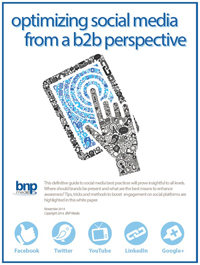A Need Develops
Back in the 20 th century, it was standard practice for the design engineer to write a sequence of operation. As the first energy crisis began to take shape, these narratives began to show a weakness as system complexity increased and the need for more detailed text just wasn’t there. Finishing out the 20 th century, we had some sick buildings from the far more complex ATC systems and a cry for third-party commissioning evolved as the panacea for all of this. Enter the commissioning engineer’s FPT narrative. Is it a duplication of effort? Yes, but today we can eliminate this duplication process with my Commissioning 1-2-3 ™(Cx-3) ATC/FPT software.I’ve had this concept in my head for several years now, but the biggest obstacle has been to find a programmer I could hire who could turn my ATC/FPT vision into reality. Anyone who knows me knows that I want the design engineer to begin an HVAC project by creating system flow diagrams in sync with the sequence of operation. I don’t really care at the start of a job whether the central AHU is 18,300 cfm or 24,200 cfm. I don’t care if the chilled water or hot water system is 475 gpm or 755 gpm. I want to know how the system will function, how it will meet the design intent, and how this will satisfy the client’s HVAC needs. Creating a flow diagram and writing the ATC sequence of operation is the cornerstone to good, responsible engineering. So, my ATC/FPT concept had to start with the ability to create a system flow diagram using Visio Microsoft® software as the platform for system flow diagram software.
Next, I wanted to eliminate the 20 th century engineering culture of writing a limited sequence of operation and replace it with a 21 st century mode-by-mode of ATC/FPT format. Using the Commissioning 1-2-3 ™ process I developed several years ago, I had the programmer imbed the Cx-3 FPT Excel ® document into this ATC/FPT vision to reality software.
Here is where combining the ATC with the FPT provides the client with one fee for one activity. This is where software technology makes the design/documentation difference because the engineer can capture the moment within the Visio system flow diagram backed up by an Excel database for each sequence/mode of operation.
The results: a system flow diagram ready to be imported onto a computer-generated contract drawing and a detailed ATC/FPT Excel document ready to be imported on to the drawing with the flow diagram or inserted into the contract commissioning specification.
A Need Fulfilled
Now some will question, “Why are you selling this software?” Why not? First and foremost, our clients deserve better. We need to eliminate the dual process of writing a sequence and then expanding the sequence into an FPT narrative. Using flow diagram software that allows the engineer to sketch out the system and, at the same time, document the sequence as if it was an FPT and do so early in the design process is both cost effective and efficient use of the designer’s time. For the client, she gets a clearer understanding of the how the system will function, early in the building program. This doesn’t eliminate the need to have a commissioning engineer on site for days at a time observing the ATC/FPT demonstration, but it sure helps start the project off on the right course.
Need to learn more? Check out Cx-3 program video on my website at www.buildingsmartsoftware.com where you can download the program for a test-run. While you are doing that, I’m working on my next vision to reality software; TAB 1-2-3 ™ air and water balancing system software. ES



